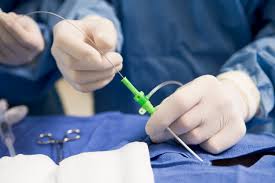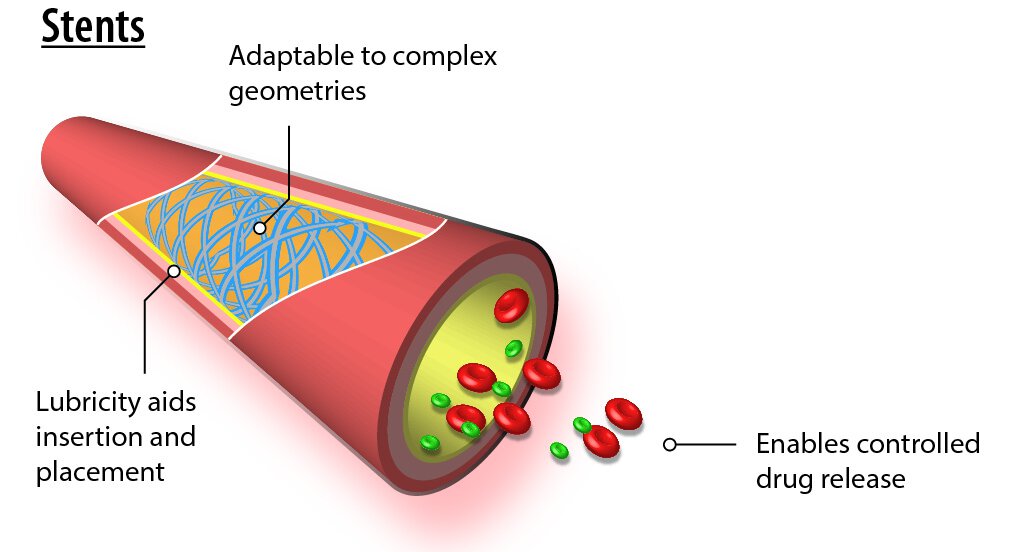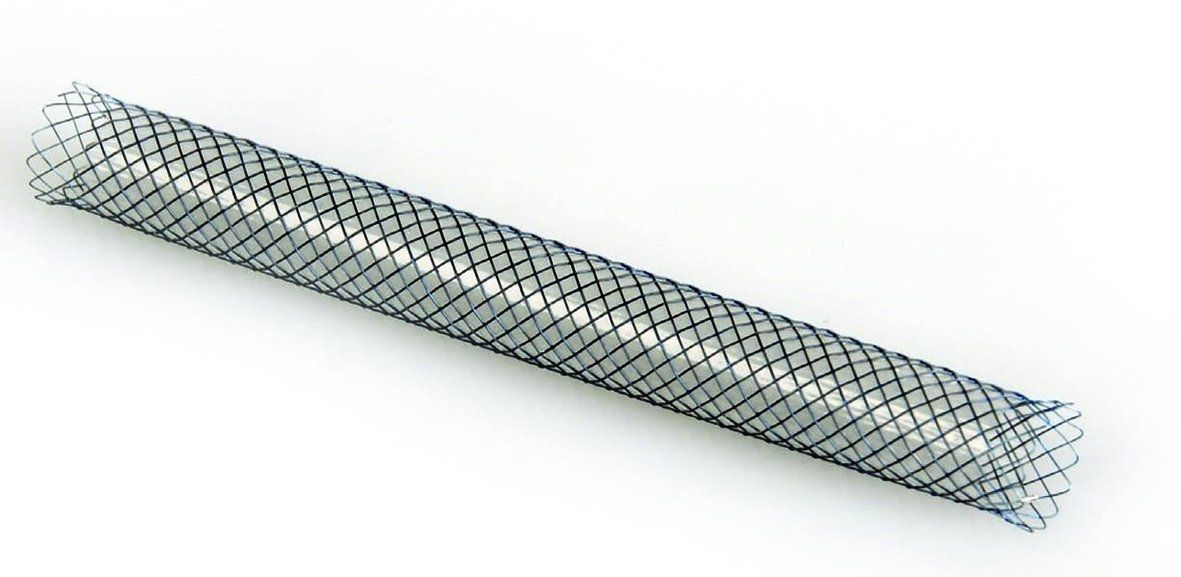Comparing Lubricious Coatings
Posted by Sean Horn on Fri, Dec 23, 2016
Selection of the material used to coat a medical device is very influenced by the operational environment it will encounter when implanted in the body. Pertinent operational/performance factors typically include:




0 Comment Click here to read/write comments